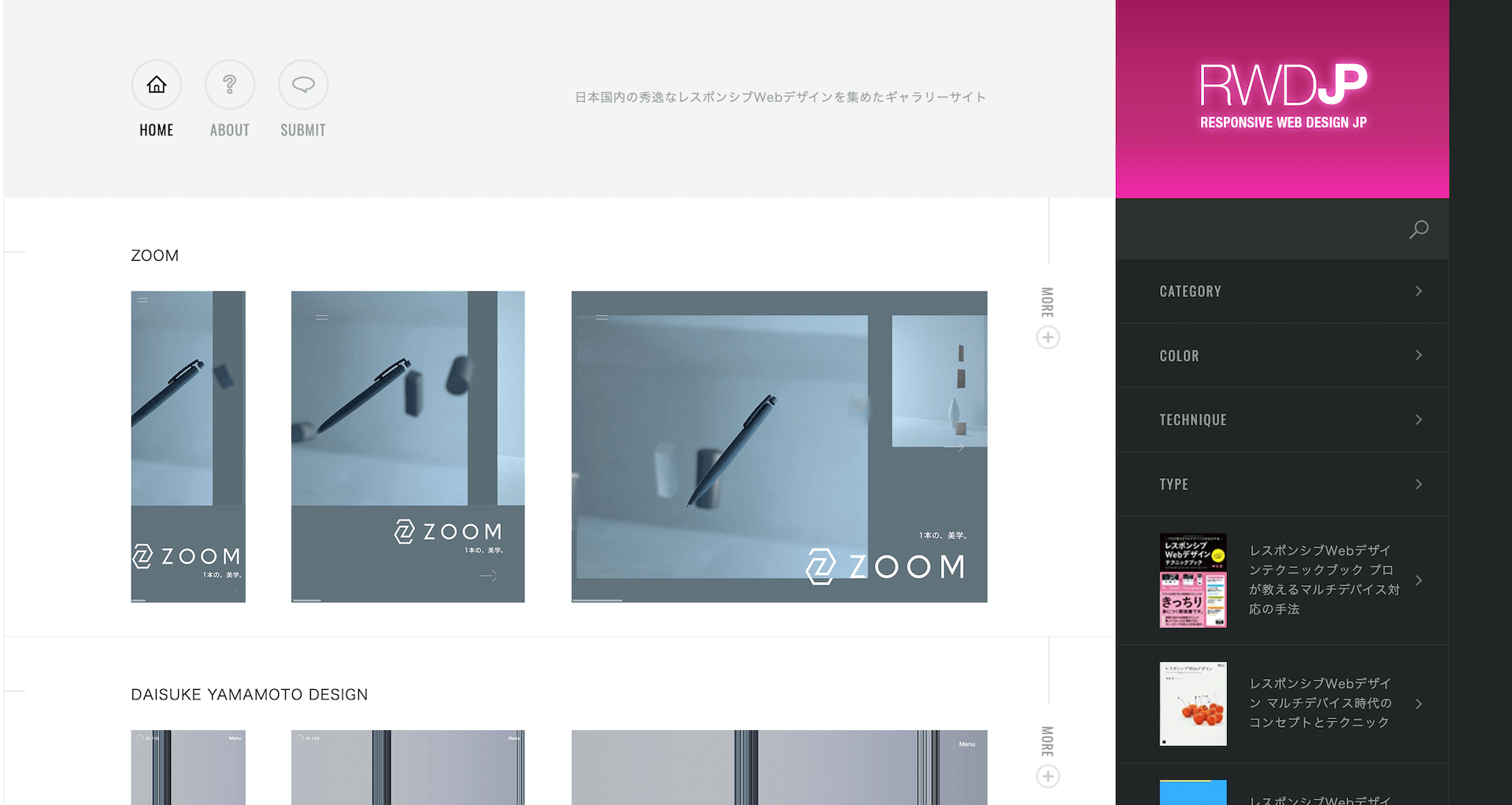A Step-By-Step Guide To Building Accessible Carousels
Most carousels come along with usability and accessibility issues. To avoid these issues, this article addresses step-by-step design considerations as well as semantic requirements for carousels to be accessible. It is intended to create an in-depth understanding of the implementation and its impact on users. You can spot them on every other homepage: carousel widgets with auto-rotating content. Those who use them want to show more content within a limited space. At the same time, they aim to present the most important messages as prominently as possible. However, if design and development do not receive proper attention, you will be at the highest risk of creating usability and accessibility issues. This particularly affects people with cognitive, motor, or visual impairments, for whom using the complex design pattern is usually even more challenging. Whether you call it an “eye candy” or “devil’s spawn”, if you want to implement the carousel in a user-friendly and accessible way, a whole range of requirements is to be considered. “Should I Use A Carousel?” As widely used as they are, carousel widgets have a bad reputation among UX professionals. They are ignored by users (Nielsen Norman Group), only 1% interact with a carousel at all,
Related Posts

As SNAP Delays Continue, 10 Ways to Face Food Prices – Civil Eats

Catholic conference on mental health: Dignity is antedote to isolation – Vatican News
‘Let’s tackle that classic Donald Duck butt’: Fitness creator breaks down the 3 most common posture mistakes; expert-backed fixes that work – The Indian Express
D1 Training, Premier Athletic Fitness Brand Expands to Toledo – citybiz

190 ChatGPT Prompts Marketers Should Use

ClickMagick Review

12 Tips on How to Become an Influencer [+Data]

27 TikTok Brands That are Winning at Marketing in 2023





Leave a comment